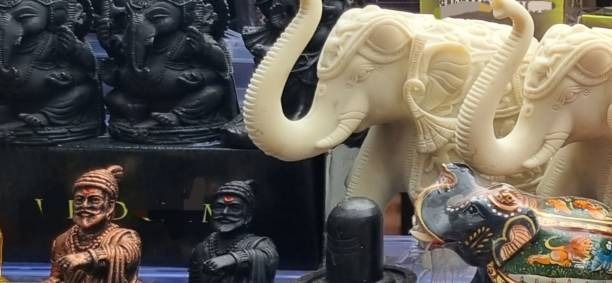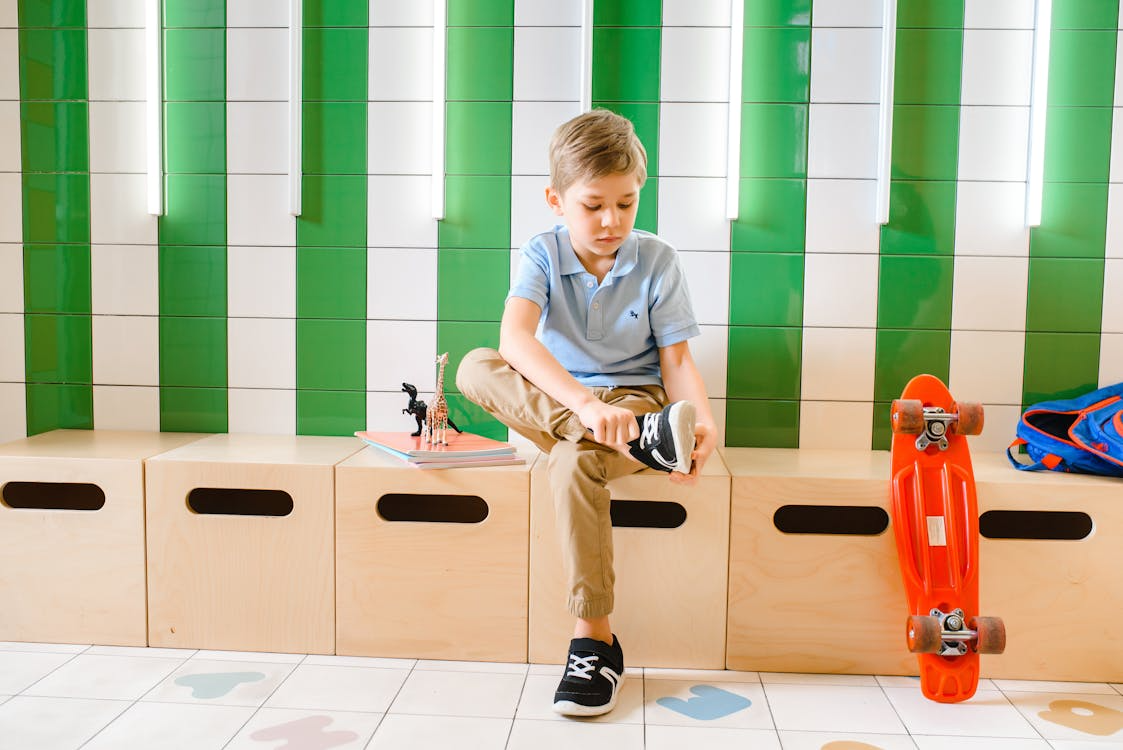Table of Contents
Understanding Horse Vision and Perception
Choosing Appropriate Materials
Incorporating Varied Obstacles
Ensuring Proper Spacing and Alignment
Securing Jumps to the Ground
Regular Course Maintenance
Designing for Skill Development
Conclusion
Creating a horse jumping course that balances safety with excitement challenges both the horse and rider to hone their skills, build confidence, and stay motivated. Every course, whether for training or competition, should be thoughtfully designed to address the unique needs of equine athletes and their human partners. Sourcing quality equipment is an essential foundation—explore the range of horse jumps for sale for durable and professional-grade options.
From jump placement to material selection, careful decisions can make all the difference in reducing risks and maximizing learning opportunities. The course should inspire skill development while minimizing preventable hazards, ensuring a positive experience for horses of all levels and disciplines.
Understanding Horse Vision and Perception
Horses see the world differently from their riders. Their dichromatic vision means they primarily distinguish shades of blue and yellow, and their wide-set eyes provide an expansive field of view—except for the blind spots directly in front and behind them. Due to these visual quirks, jumps must be highly visible and contrast clearly with their environment. For example, avoid backdrops or rails in color shades that could vanish into the scenery. Also, account for lighting changes—abrupt transitions from bright to shady areas can disorient horses, potentially causing them to refuse or have accidents.
Recognizing their unique perspective will help you create an environment where horses see and approach obstacles with confidence, allowing their training and competitive instincts to shine.
Choosing Appropriate Materials
Different components of your course—from rails to standards and fillers—should be made using robust, weatherproof materials like treated lumber or composite plastics. Regular inspections are vital, as loose boards, splintered edges, or exposed nails can quickly become hazardous. A routine checklist and prompt repairs ensure that every fence, plank, and pole remains safe for repeated use. The importance of well-maintained jumps is highlighted in guidance from organizations such as Practical Horseman, which emphasizes the direct impact on rider and horse safety.
Incorporating Varied Obstacles
Engagement and adaptability are crucial for both horse and rider development. Including a variety of jumps—such as verticals, oxers, combinations, roll tops, gates, and water trays—not only simulates the real challenges of competition but also prevents boredom. Mixing up obstacles and their configurations can help improve a horse’s technique, athleticism, and bravery, making them more resilient to unexpected scenarios in the show ring or cross-country course.
Introducing new obstacles gradually is recommended. Allow the horse to study and familiarize themselves with different shapes and textures, building trust and a willingness to try new challenges.
Ensuring Proper Spacing and Alignment
The spacing between fences defines the rhythm and flow of the jumping course. Standard stride lengths provide a solid foundation, but spacing should be customized to fit the size of the arena and the skill level of the horse and rider. Proper alignment smooths out the approach to each obstacle, reducing refusals and minimizing rider error. Never place jumps in a way that leads to abrupt or blind turns, and always consider natural lines and sightlines available to the horse.
Securing Jumps to the Ground
Portable jumps, while convenient, must be anchored to prevent them from toppling or sliding during use. Stake systems or specialized ground anchors are simple solutions for keeping jumps safely in place. This precaution reduces the risk of injury from moving obstacles and ensures a stable training environment across varying ground conditions.
Regular Course Maintenance
Routine maintenance of both jumps and footing helps prevent accidents. Establish a schedule for thorough inspections, looking for signs of rot, damaged hardware, unstable surfaces, and renewing any worn or slippery track areas. Periodic attention extends the life of the jumps and footing, ensuring your investment in your course lasts for years. Consistent care sends a clear message to participants that their safety and experience are a top priority.
Designing for Skill Development
Courses should match the experience and confidence of the riders and horses. Begin with basic obstacles and straightforward lines for beginners, and increase the complexity as skills advance. Progressive design—either by raising heights, narrowing widths, or complicating combinations—encourages growth without overwhelming horse or rider. The aim is to foster a culture of achievement where learning is continuous and setbacks are rare, keeping both parties eager to face new challenges.
Conclusion
Building a jumping course that is both safe and engaging means understanding the animal’s perception, investing in the right materials, and regularly maintaining your setup. Varied and thoughtfully spaced obstacles, reliable anchoring, and an eye for progressive skill-building all combine to create an environment where horses and riders can succeed. With the right attention to detail, the course becomes a place of growth, achievement, and joy for everyone involved.




Want to add a comment?